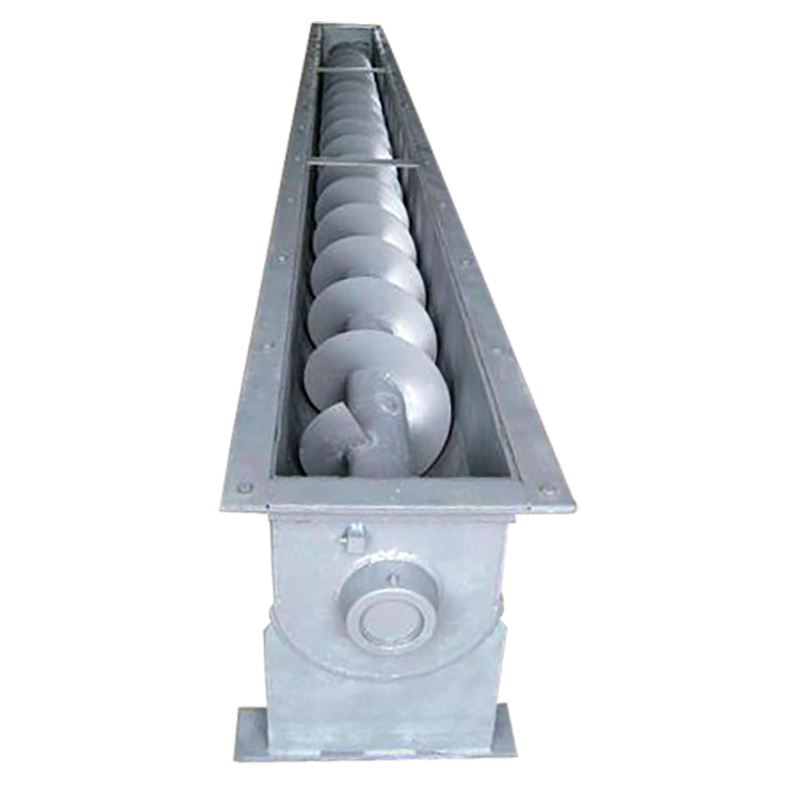synchronous belt wheel
Understanding Synchronous Belt Wheels A Comprehensive Guide
Synchronous belt wheels, often referred to as timing pulleys, are integral components in mechanical systems that require precise timing and synchronization between moving parts. These wheels are commonly associated with synchronous belts, which feature teeth that mesh seamlessly with the teeth on the pulley. This design allows for efficient transmission of power while ensuring that all connected components maintain proper alignment and timing.
Design and Functionality
The primary function of a synchronous belt wheel is to transmit rotary motion between shafts while maintaining a fixed relationship between them. Unlike traditional V-belts, which can slip and lead to inaccuracies, synchronous belts and wheels operate on a positive engagement principle. The teeth on the belt fit into the corresponding grooves on the pulleys, providing a secure grip that prevents slippage under varying load conditions.
Applications
Synchronous belt wheels are utilized in various industries, including automotive, manufacturing, and robotics. In the automotive sector, these components are crucial for timing systems in engines, ensuring that the camshaft and crankshaft operate in perfect harmony. This synchronization is vital for optimal engine performance and efficiency.
In manufacturing, synchronous belts are commonly used in conveyor systems and automated machinery. The precision and reliability of these systems are enhanced by using synchronous belt wheels, which allow for consistent movement and positioning of materials. In robotics, the use of synchronous belt wheels helps achieve accurate motion control, enabling robots to perform complex tasks with high precision.
Material and Construction
synchronous belt wheel

Synchronous belt wheels are typically made from durable materials such as aluminum, steel, or reinforced plastics. The choice of material depends on the specific application and the load requirements. For instance, aluminum pulleys are lightweight and resistant to corrosion, making them suitable for applications where weight reduction is critical. Steel wheels, on the other hand, provide added strength and durability, often preferred in heavy-duty applications.
The teeth on synchronous belt wheels can come in various profiles, including trapezoidal and round shapes, designed to accommodate different belt types. The pitch, or distance between the teeth, is also an essential factor, as it affects the overall performance and compatibility with specific belt types.
Advantages
One of the significant advantages of using synchronous belt wheels is their ability to maintain consistent speed ratios without the risk of slippage. This feature is particularly critical in applications requiring high precision, such as CNC machinery and automotive engines. Additionally, synchronous belts are generally quieter than chain drives, leading to a more pleasant working environment.
Moreover, these systems require minimal maintenance compared to other power transmission methods. There are no lubrication requirements, and the wear on the components is typically reduced due to the lack of slippage and friction.
Conclusion
In summary, synchronous belt wheels play a vital role in various mechanical systems, offering precision, reliability, and efficiency. Their ability to transmit motion without slippage makes them indispensable in many applications, from automotive engines to industrial machinery. As technology continues to advance, the design and materials used in synchronous belt wheels will likely evolve, further enhancing their performance and broadening their application scope. Understanding the intricacies of these components is essential for engineers and designers who aim to create effective and efficient mechanical systems.








